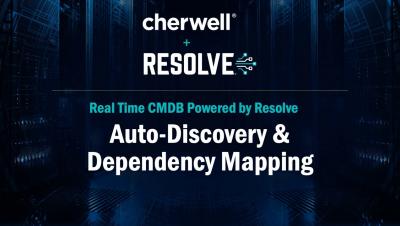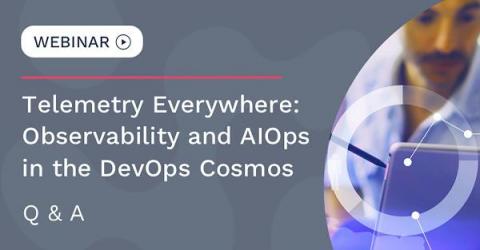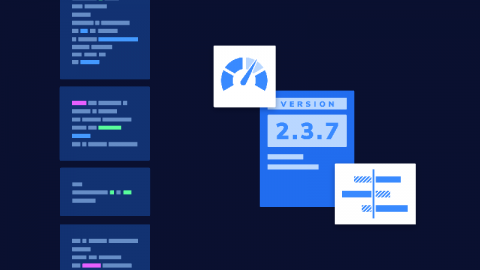Top Five Reasons Why Companies Are Choosing OnPage Over Competitors
OnPage’s intelligent incident management system is the alerting solution of choice for industry-leading organizations. Since the beginning, companies have invested in the OnPage system for its advanced capabilities, out-of-the-box integrations and unmatched 24/7 customer support. Though we can provide a comprehensive view into OnPage’s competitive advantage, here are the top five reasons why customers continue to trust OnPage’s incident management system.










